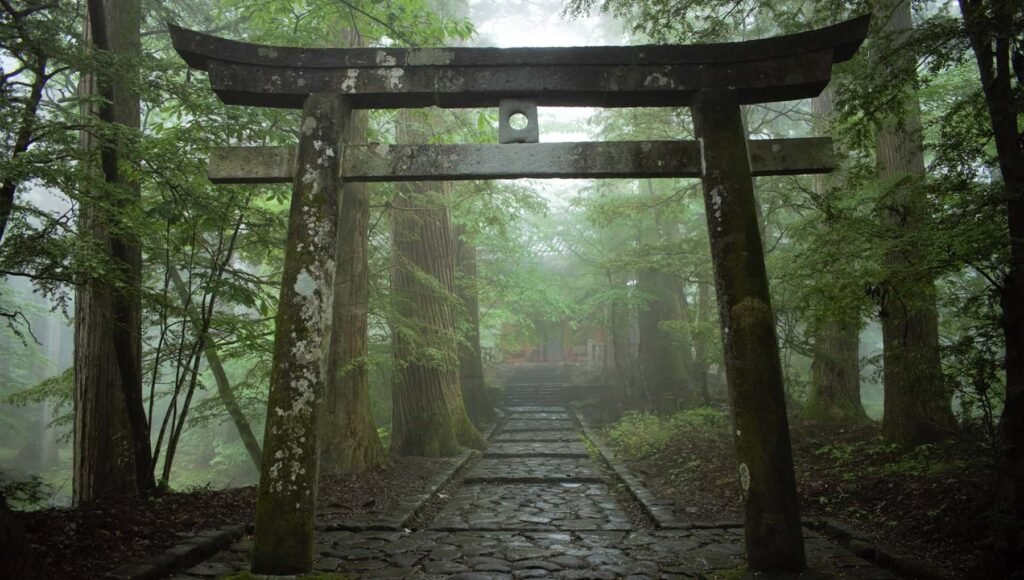Urban conservationists have started using a small-scale model inspired by Shinto shrines in Japan, instead of traditional forests, to promote conservation in cities. The shrines frequently paid tribute to forest spirits and deities, resulting in the temple grounds having small clusters of trees known as “pocket forests.” These sacred groves were exceptionally dense and rich in biodiversity.

The temple gardeners aimed to replicate the intricate and stunning nature of natural forests by imitating the ecosystem dynamics that contribute to their resilience.

During the 1970s, Akira Miyawaki, a botanist from Japan, started examining shrine forests and concluded that this approach could be used to restore urban areas and remediate polluted sites more efficiently compared to traditional forestry techniques. This led to the development of the Miyawaki forest.
The Miyawaki method itself is fairly simple: Conservationists are tasked with improving the soil on the designated site with organic material and microorganisms. Over the past few decades, Miyawaki has planted more than 750 Miyawaki forests in Japan, Malaysia, and South America.
The Miyawaki model has also been popular in Europe, with projects like Urban Forests in Belgium and France, and Tiny Forest in the Netherlands and is now becoming popular amongst U.S. conservationists too.

Miyawaki forests pack a real conservation punch, growing 10 times faster, getting 30 times denser and containing 100 times more biodiversity than a “conventional plantation” forest.
Supporters argue that these forests can become fully developed ecosystems in just 20 years, whereas natural forests can take anywhere from 70 to 200 years to regenerate on their own. Additionally, Miyawaki forests are capable of supporting up to 20 times more species than non-native, managed forests.

Some scientific evidence for the Miyakawa method is emerging. One small study from the Netherlands and another from Italy support claims of rapid growth and high biodiversity. In the UK, scientists have set up a monitoring program to measure ecosystem benefits.
Reference- Science, The Wired, National Geographic, Wikipedia, Nautilus






